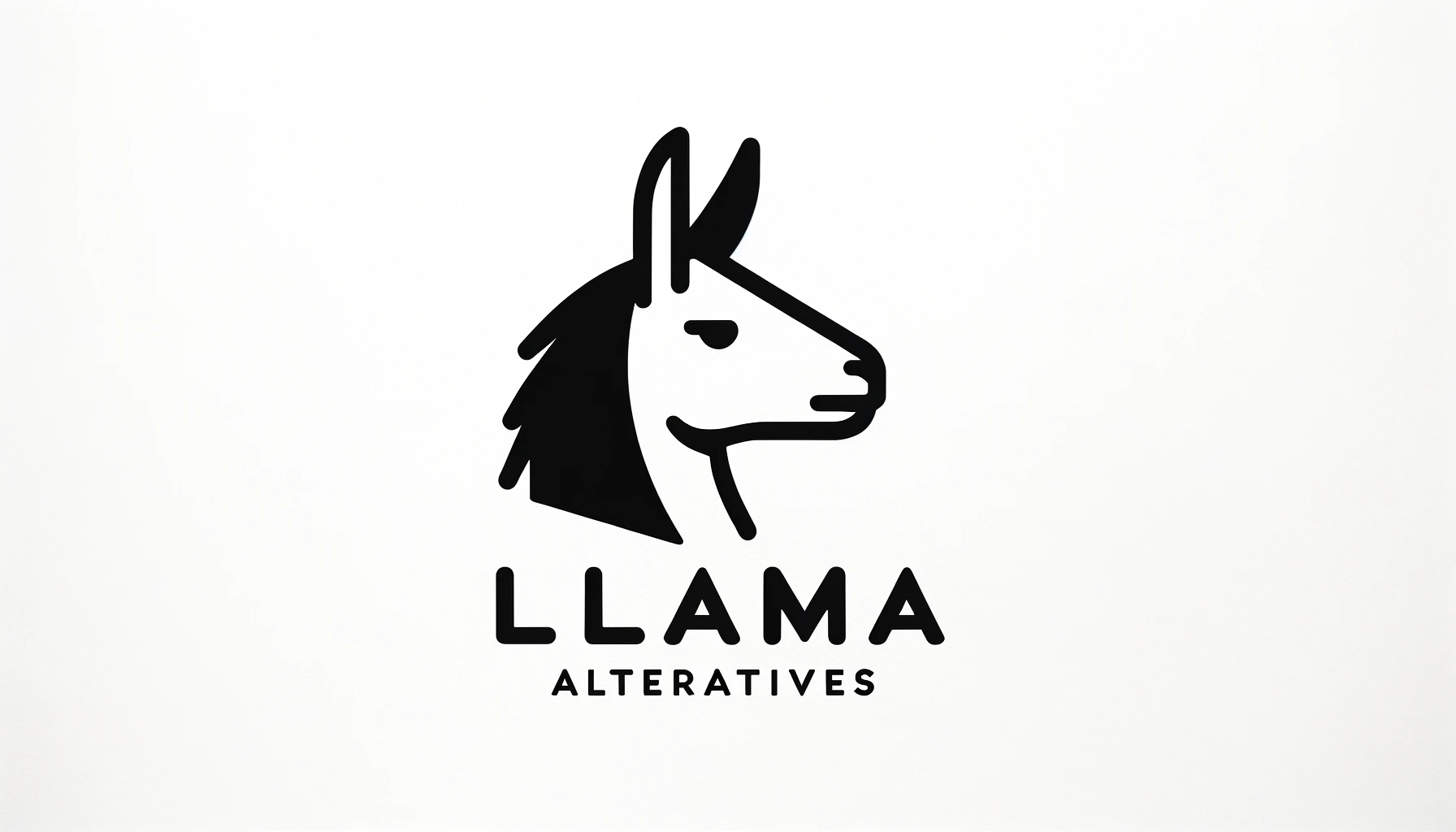In the realm of Large Language Models (LLMs), Meta’s LLaMA 2 has certainly made waves. However, the tide of innovation never rests, and there are several alternative LLMs out there that offer a different set of features and capabilities. In this article, we delve into Top 7 LLama 2 Alternatives, shedding light on what sets them apart and how they compare to LLaMA 2.
Stable LM by Stability AI
Stable LM, a creation of Stability AI in collaboration with EleutherAI, stands as a testament to the evolution of open-source language models. With predecessors like GPT-J and GPT-NeoX, Stable LM takes a leap forward by training on an extensive dataset, three times the size of ‘The Pile’ used by earlier models. Despite its relatively smaller size, with 3 to 7 billion parameters, Stable LM showcases remarkable performance in conversational and coding realms, making it a portable, high-performing alternative.
Vicuna-13B
Vicuna-13B takes a unique approach by fine-tuning LLaMA on user-generated conversations from ShareGPT. Initial evaluations are promising, showing Vicuna-13B at par with or even surpassing models like OpenAI’s ChatGPT and Google Bard in most comparisons. With a modest training cost of around $300, and the code and weights openly available, Vicuna-13B is an accessible and competitive choice for those exploring chatbot solutions.
T5 and mT5 by Google
Google’s T5 reframes the Natural Language Processing (NLP) narrative by adopting a text-to-text format, unifying a plethora of NLP tasks under one model. Its sibling, mT5, extends this narrative into a multilingual domain, covering a staggering 101 languages. These models epitomize versatility, offering solutions for everything from machine translation to sentiment analysis, making them a robust alternative to LLaMA 2.
Alpaca by Stanford CRFM
Emerging from Stanford’s Center for Research on Foundation Models, Alpaca is an instruction-following language model fine-tuned from LLaMA 7B. Alpaca addresses some of the critical issues in current instruction-following models, like misinformation and toxic language generation. By releasing their findings, Stanford CRFM provides a pathway for academic engagement to further refine and enhance the capabilities of instruction-following models.
Cerebras-GPT by Cerebras
Cerebras-GPT is a family of seven GPT models that emphasizes open access to advanced LLMs. With models ranging from 111 million to 13 billion parameters, Cerebras-GPT aims to provide high accuracy while maintaining lower training costs and energy consumption. Their commitment to fostering open-source models makes Cerebras-GPT a commendable alternative in the LLM landscape.
Chinchilla by Google DeepMind
Chinchilla by DeepMind breaks the mold by offering outstanding performance on downstream evaluation tasks, despite a similar compute budget to its counterparts. It stands tall against giants like GPT-3 and Megatron-Turing NLG, showcasing a significant accuracy improvement on the MMLU benchmark, making it a powerhouse of efficiency and performance.
Gemini by Google
Gemini, designed with multimodal capabilities, holds promise for future innovations in memory and planning. Even in its early stages, Gemini shows potential for superior multimodal capabilities and tool integration, positioning it as a forward-looking alternative to LLaMA 2.
Conclusion
The LLM landscape is vast and ever-evolving, with each model bringing a unique flavor to the table. Whether it’s the portability of Stable LM, the multilingual prowess of mT5, or the efficiency of Chinchilla, there’s a myriad of options beyond LLaMA 2 for those looking to expand their horizons in the world of Large Language Models.
Read related articles:

